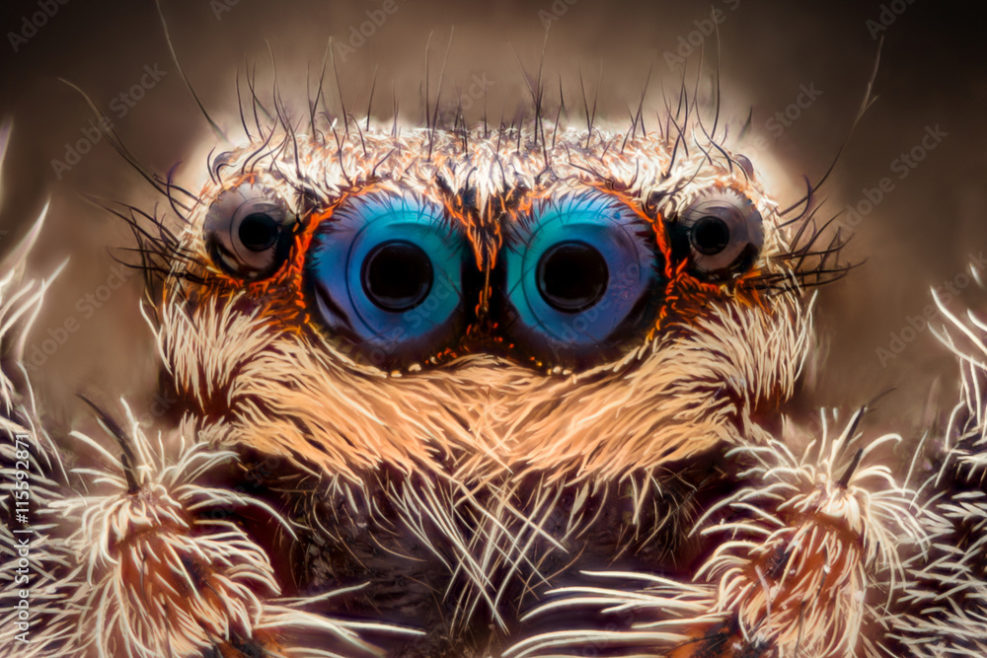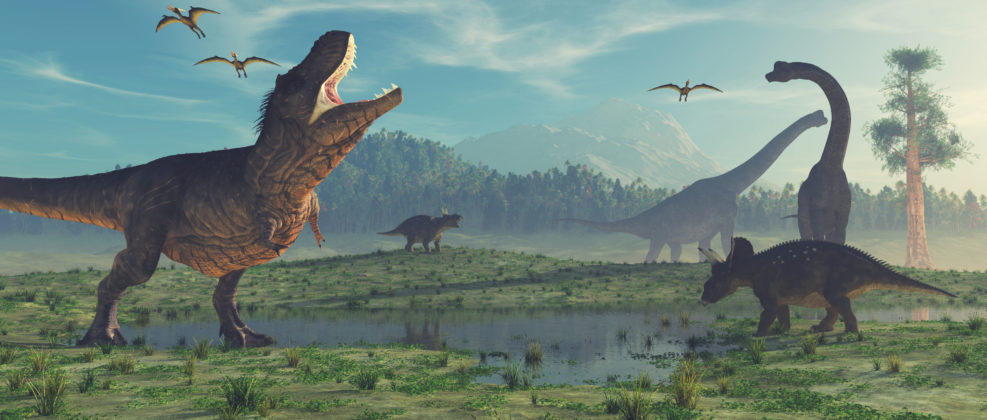
Spiders Are Smart; Be Glad They Are Small
Recent research has shed light on the intriguing strategies that spiders use to deceive other spiders — and prey in generalThis story was #7 in 2022 at Mind Matters News in terms of reader numbers. As we approach the New Year, we are rerunning the top ten Mind Matters News stories of 2022, based on reader interest. For those of us who wonder whether invertebrates really think — well, it’s complicated because some do more than we expect but then some don’t. At any rate: “Spiders are smart: Be glad they are small. (March 11, 2022) Spiders, like octopuses, have eight legs. But they share something else as well — like octopuses, once we got around to studying them, they turned out to be much smarter than expected. What makes spiders even more unusual is that they are smart with Read More ›

